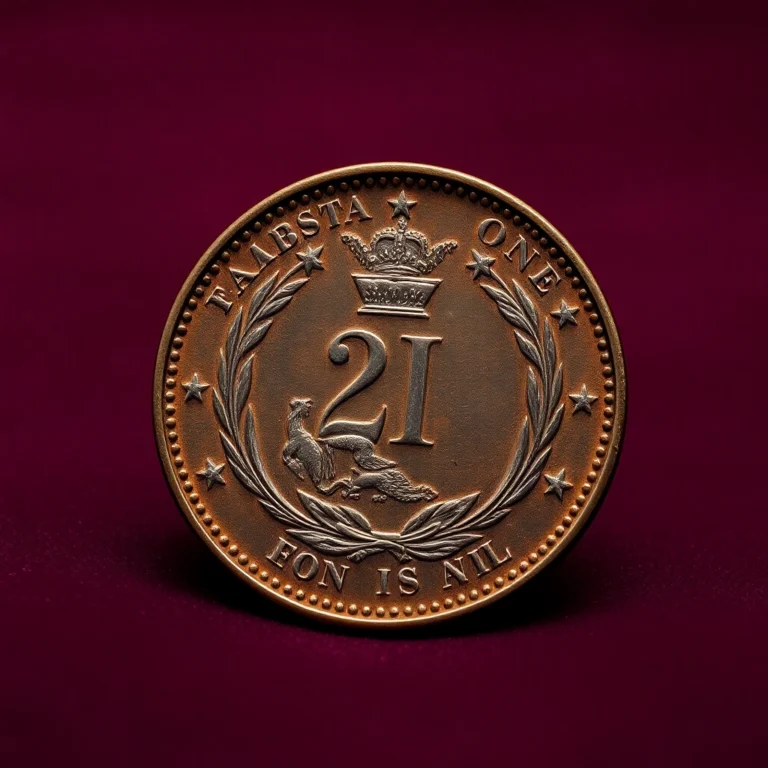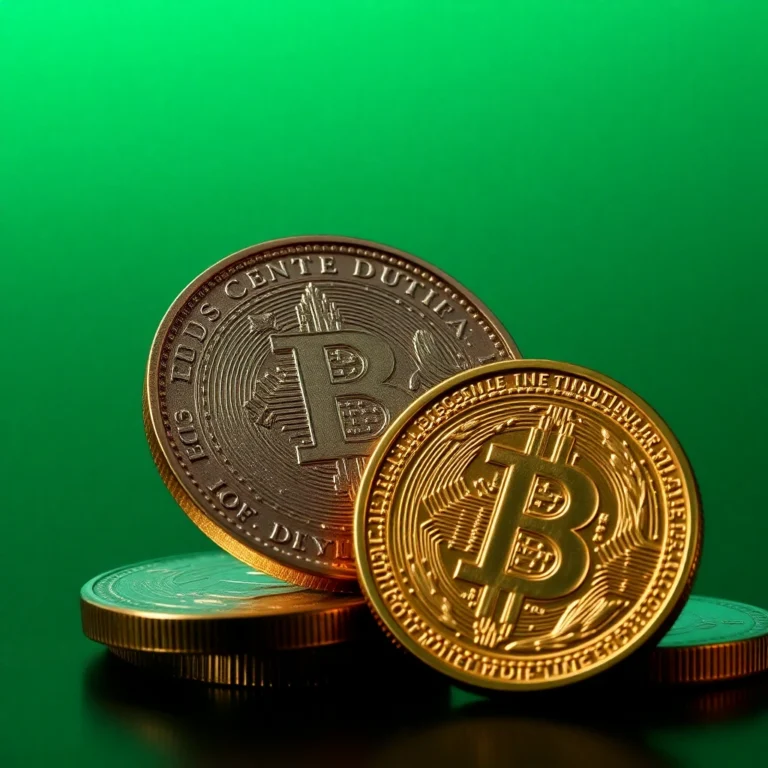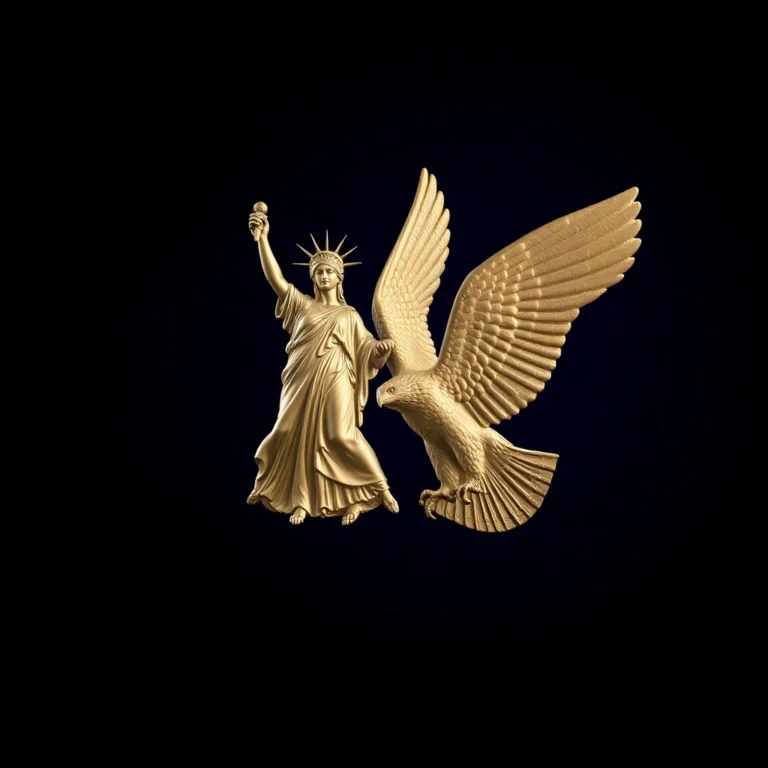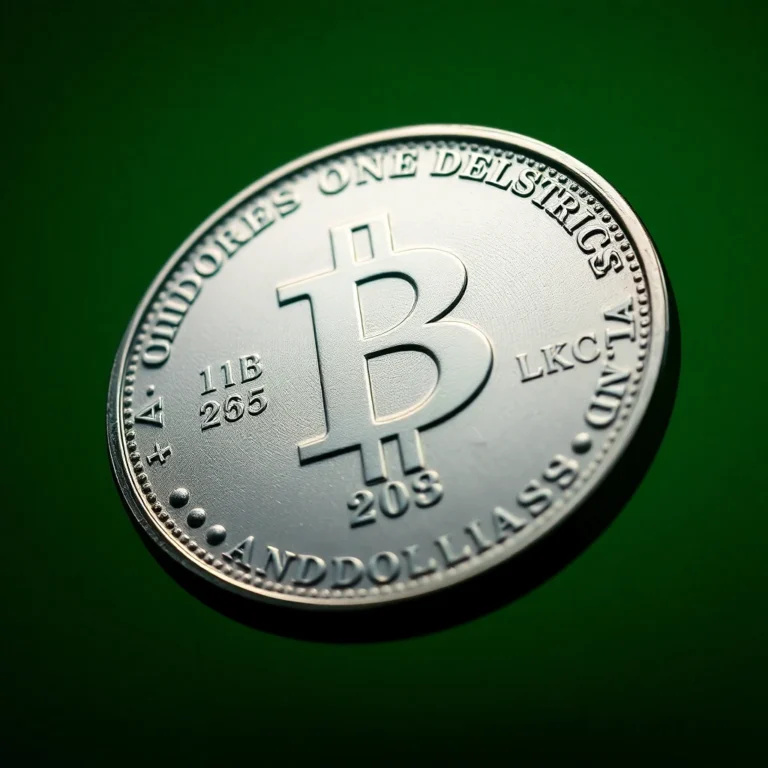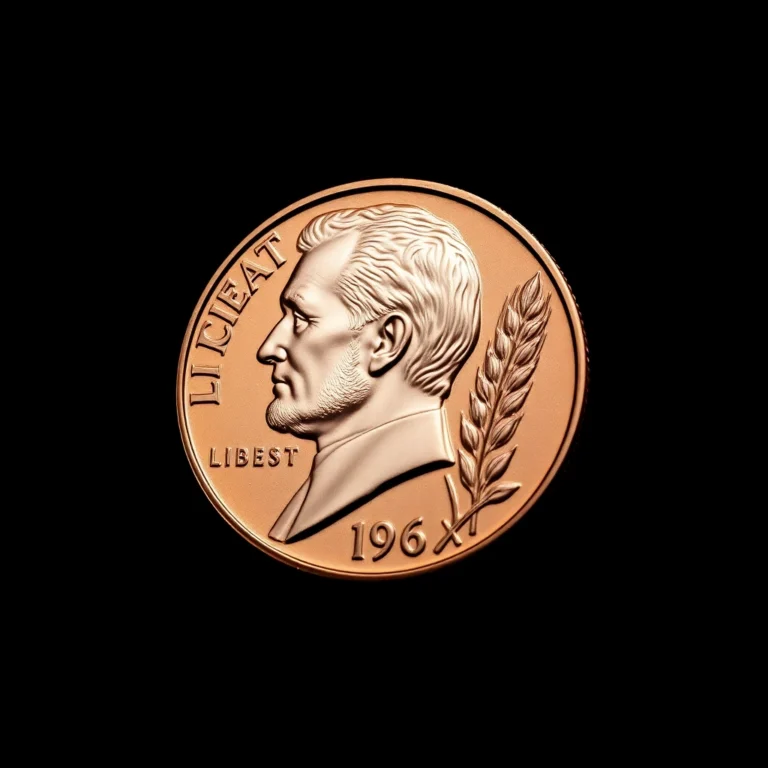Imagine holding a piece of history in your hands, a tiny artifact that has journeyed through time and across continents to reach you. Rare coin collecting offers just that magical experience, turning the past into a tangible treasure hunt. But beyond the thrill of discovery, what if this passion could become a cherished family hobby, bridging generations with stories etched in metal?
In this article, we’ll explore how to ignite a family-wide fascination for rare coins, transforming an individual pursuit into a shared adventure. You’ll learn how to engage children with tales of ancient empires and guide them in recognizing valuable pieces. Discover tips for starting a family collection that not only educates but also grows in worth over time.
As we delve into the significance of these coins, you’ll see how the allure of rarity and value can captivate young and old alike. Stay tuned to uncover the hidden gems that could turn your family gatherings into exciting treasure hunts!
Introduction to Rare Coin Collecting as a Family Hobby
Rare coin collecting is a fascinating hobby that can bring families together, offering a mix of history, art, and treasure hunting. This guide will help you understand the nuances of collecting rare coins, emphasizing its historical background, physical characteristics, mintage figures, varieties, and errors, as well as providing practical tips for authentication and valuation.
Historical Background and Significance
Coin collecting, also known as numismatics, dates back to the Renaissance when it was known as the “hobby of kings.” Coins are not just currency; they are artifacts that tell stories of past civilizations, economic systems, and cultural values. Engaging in this hobby with your family can offer educational insights and a shared adventure into history.
Physical Characteristics and Design
Rare coins often feature intricate designs that reflect the period’s art and technology. Pay attention to the coin’s material, weight, diameter, and edge type, as these physical characteristics can help identify and authenticate a coin. Icons and inscriptions on coins often symbolize significant historical events or figures. 🏺
Mintage Figures and Rarity
The rarity of a coin is largely determined by its mintage figures—the number of coins produced during a specific period. Coins with low mintage figures are generally more valuable. Understanding these figures can help collectors prioritize which coins to add to their collection.
Known Varieties and Errors
Coins can have varieties and errors, which increase their rarity and desirability among collectors. Varieties may include design changes or mint marks, while errors might involve misstrikes or planchet flaws. These factors contribute significantly to a coin’s uniqueness and can add an exciting dimension to your family’s collection.
Value Information
Understanding the market value of coins is crucial for any collector. Below is a sample value table for a rare coin, structured by grade:
| Grade | Value Range |
|---|---|
| Good (G-4) | $50-$100 |
| Very Good (VG-8) | $100-$200 |
| Fine (F-12) | $200-$400 |
| Very Fine (VF-20) | $400-$800 |
| Extremely Fine (EF-40) | $800-$1,500 |
| About Uncirculated (AU-50) | $1,500-$3,000 |
| Mint State (MS-60) | $3,000-$5,000 |
| Gem Mint State (MS-65) | $5,000-$10,000 |
Authentication Tips
Authenticating rare coins is essential to ensure you are collecting genuine pieces. Use the following tips to verify authenticity:
- Consult reputable numismatic references and guides.
- Seek coins graded by certified grading services such as PCGS or NGC.
- Use magnification tools to inspect fine details and mint marks.
- Verify weight and dimensions using precision scales and calipers.
Expert Collecting Advice
Here are some expert tips to make rare coin collecting a rewarding family hobby:
- Start with affordable coins to build interest and knowledge.
- Create a family coin journal to document discoveries and learnings.
- Attend coin shows and join numismatic clubs together.
- Set collecting goals, like completing a series or focusing on specific historical periods.
Conclusion
Turning rare coin collecting into a family hobby can be both educational and enjoyable. By
FAQs
How can we determine the value and grade of our coins?
To determine the value and grade of your coins, start by learning the basics of coin grading, which considers factors like luster, wear, and strike quality. Use a magnifying glass to examine coins closely. Reference a coin grading guide or consider using a professional grading service like PCGS or NGC for more accurate assessments. Coin value can fluctuate based on rarity, demand, and condition, so regularly check updated coin price guides.
What are some tips for authenticating rare coins to avoid counterfeits?
To authenticate rare coins, familiarize yourself with the specific characteristics of genuine examples, such as weight, diameter, and design details. Use a magnet to test for non-precious metals and examine the coin under a loupe for any signs of casting or tooling. Consider purchasing coins from reputable dealers or auctions with a solid return policy and certificates of authenticity.
What advice can you give for starting a rare coin collection as a family hobby?
Start by choosing a specific theme or focus for your collection, such as coins from a particular era or country. Set a budget and involve family members in researching and selecting coins. Visit coin shows, join local coin clubs, and explore online forums to connect with other collectors and gain more knowledge. Document your collection with notes on each coin’s history and significance.
Why is understanding the historical significance of coins important in collecting?
Understanding the historical significance of coins adds depth and context to your collection, transforming it from mere objects to tangible pieces of history. Coins often reflect the culture, politics, and economy of the time they were minted. Sharing these stories can make collecting more engaging and educational for the entire family.
What are common varieties and errors that collectors should look for?
Common varieties and errors include double dies, off-center strikes, and mint mark variations. Varieties arise from intentional design changes, while errors occur due to mistakes during the minting process. These anomalies can significantly increase a coin’s value and interest. Familiarize yourself with well-documented examples in reference books and online databases to spot them in your collection.

